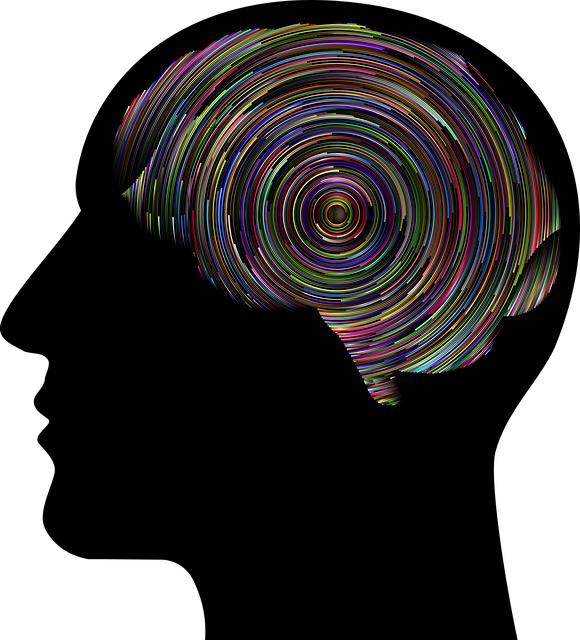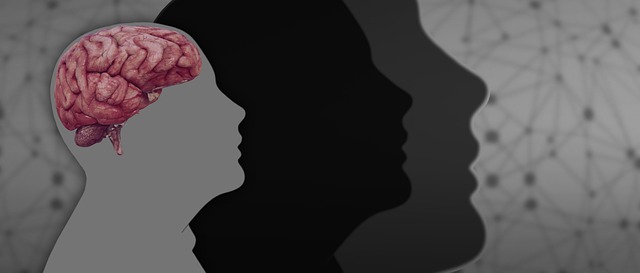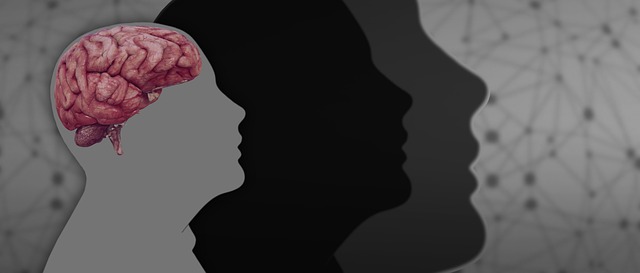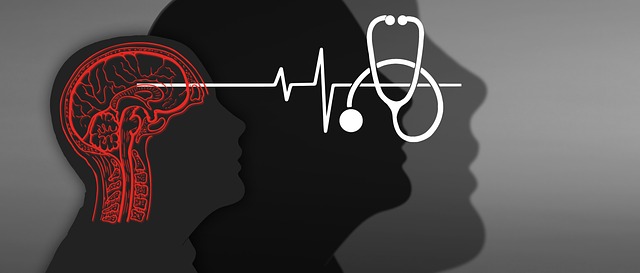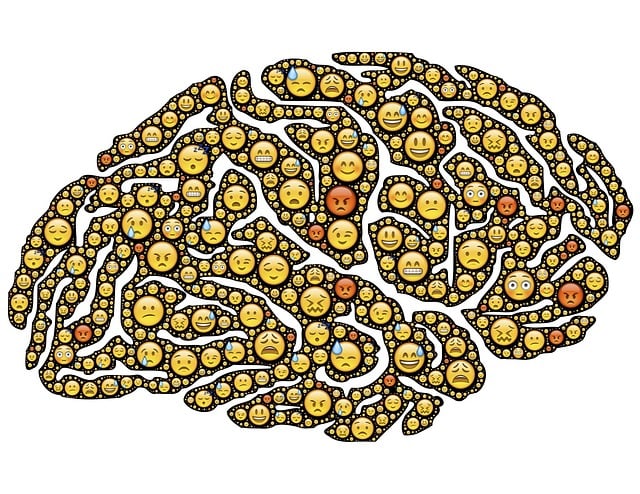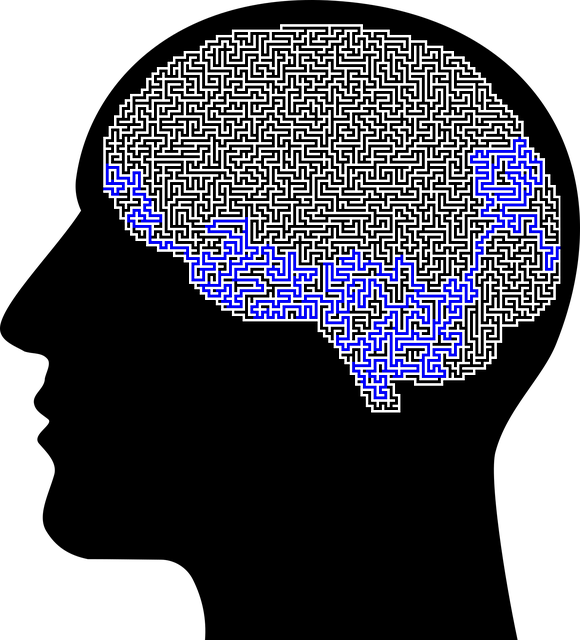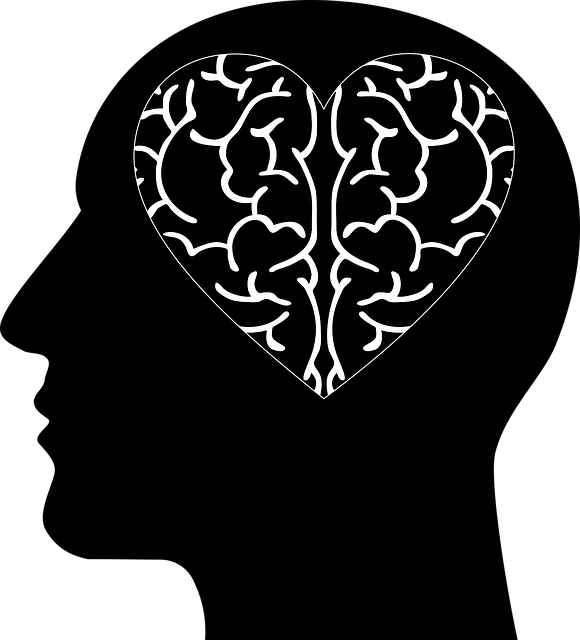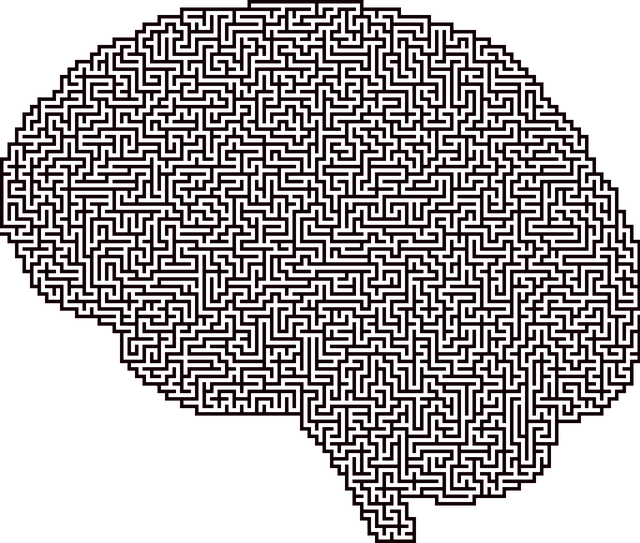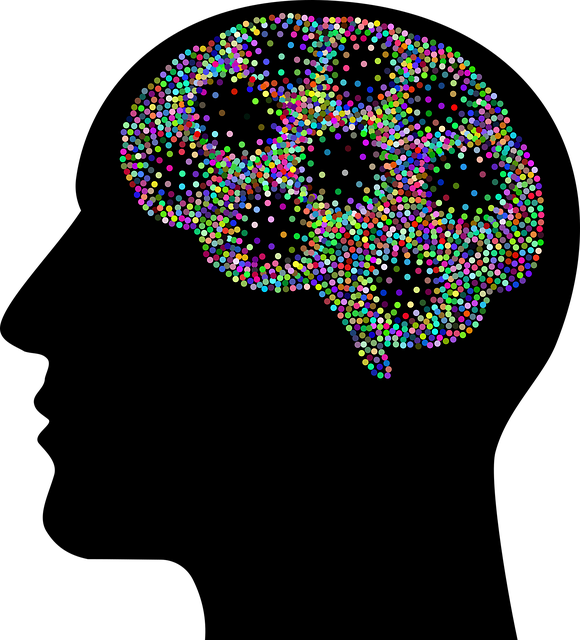Understanding mental health data is crucial for navigating teen emotions and behaviors, with key insights sourced from schools, healthcare facilities, and research institutions. This includes therapy effectiveness rates, treatment strategies, and digital platforms like online therapy sessions, apps, and coaching programs. Advanced statistical methods like regression and textual sentiment analysis help evaluate therapy success, especially for adolescent teens and couples' communication issues. Interpretive techniques uncover underlying problems in teen-couple interactions, guiding strategies such as self-care routines, social skills training, and wellness journaling to improve mental health. Data reveals growing trends of anxiety and depression in teens, highlighting the need for early interventions focusing on family communication issues and cultural influences. Family therapy is evolving with data-driven approaches, providing personalized solutions for complex dynamics, and revolutionizing therapy accessibility and effectiveness for teen and couple communication problems.
Mental health data analysis is transforming therapy practices, especially for adolescent teens and their couples. Understanding and interpreting this data requires a deep dive into collection sources, from electronic health records to self-reported apps. Advanced analysis techniques, such as natural language processing, reveal insights on treatment effectiveness and communication patterns.
This article explores these facets, focusing on identifying trends in teen anxiety and depression, while offering data-driven strategies for enhancing family therapy and addressing couples’ communication issues.
- Understanding Mental Health Data: Collection and Sources
- Data Analysis Techniques for Therapy Effectiveness
- Interpreting Communication Patterns in Adolescent Couples
- Identifying Trends: Teen Anxiety and Depression Insights
- Enhancing Family Therapy through Data-Driven Strategies
Understanding Mental Health Data: Collection and Sources

Understanding Mental Health Data is a crucial step in navigating the complex landscape of human emotions and behaviors. Collection of such data often involves various sources, each offering unique insights into different aspects of mental health. Schools, healthcare facilities, and research institutions are primary hubs where information on therapy for adolescent teens and couples communication issues can be gathered. These settings provide valuable data points on prevalence rates, effective treatment strategies, and the impact of specific interventions.
Moreover, with advancements in technology, digital platforms have emerged as significant sources for mental health data. Online therapy sessions, mobile apps focused on emotional intelligence, and mental wellness coaching programs development offer a wealth of information about communication strategies that foster positive mental health outcomes. Analyzing these diverse datasets allows researchers and practitioners to gain comprehensive insights into the complex web of mental wellness issues, ultimately informing evidence-based practices in therapy for adolescent teens and couples, as well as enhancing overall emotional intelligence and mental health coaching initiatives.
Data Analysis Techniques for Therapy Effectiveness

In the realm of mental health data analysis, various techniques are employed to evaluate therapy effectiveness, especially when targeting specific demographics like adolescent teens and couples grappling with communication issues. Advanced statistical methods, such as regression analysis and textual sentiment analysis, play a pivotal role in understanding the nuances of therapeutic outcomes. For instance, these tools can quantify the impact of different treatment modalities on emotional regulation, a key aspect often associated with successful therapy. By analysing both quantitative and qualitative data, mental health professionals gain valuable insights into what works best for various client groups.
This process extends beyond individual therapy to couple’s counselling, where dynamic interaction patterns are assessed to identify communication issues that may hinder progress. Mental health policy analysis and advocacy also benefit from these techniques, shaping evidence-based practices and guiding the development of inner strength in adolescents through tailored interventions. Such data-driven approaches ensure that treatment strategies are not only effective but also aligned with the evolving needs of those seeking mental health support.
Interpreting Communication Patterns in Adolescent Couples

Interpreting communication patterns within adolescent couples is a crucial aspect of therapy for teen mental health. In many cases, interpersonal interactions can offer valuable insights into underlying issues and emotional states. By analyzing how adolescents communicate with their partners, therapists gain a better understanding of potential conflict points, such as misunderstandings or unmet needs. This analysis is enhanced by incorporating techniques like self-care routine development for better mental health, which encourages teens to reflect on their communication styles and express themselves more effectively.
Social skills training also plays a significant role in this process, helping adolescent couples learn constructive ways to navigate disagreements and strengthen their bonds. Additionally, maintaining a mental wellness journal can serve as a guiding tool, offering exercise guidance for adolescents to document their feelings, thoughts, and communication experiences. This reflective practice allows them to identify patterns, gain self-awareness, and make informed decisions regarding their relationships and overall mental health.
Identifying Trends: Teen Anxiety and Depression Insights

In the realm of mental health data analysis, a profound trend emerges when scrutinizing the well-being of adolescent teens—an increasing prevalence of anxiety and depression. This revelation underscores the urgent need for early intervention and tailored therapy strategies. By delving into the numbers, researchers uncover valuable insights into the factors contributing to these conditions, with a significant focus on communication issues within families. The dynamics between teen anxiety and family interactions are particularly intricate, often reflecting deeper cultural and societal influences.
Identifying patterns in mental health data allows for more effective targeting of resources. For instance, healthcare provider training in cultural competency is essential, ensuring that support systems cater to diverse adolescent populations. Furthermore, the integration of self-care practices within these support networks can empower teens with coping mechanisms, fostering a sense of agency and resilience. Through this analytical approach, not only do we gain a deeper understanding of teen anxiety and depression but also lay the groundwork for more inclusive and accessible therapy solutions, addressing the root causes and cultural nuances that impact young individuals’ mental health.
Enhancing Family Therapy through Data-Driven Strategies

Family therapy is undergoing a transformative phase with the integration of data-driven strategies, offering new avenues to address complex issues within families. By analyzing mental health data, therapists can gain valuable insights into the dynamics and communication patterns that may contribute to challenges like adolescent depression or couples’ conflict. This approach allows for a more tailored and effective therapeutic process.
For instance, identifying specific triggers or behaviors through data analysis enables therapists to design targeted interventions for burnout prevention among teen clients or help couples develop healthier communication routines. Mental health education programs can also benefit from these insights, fostering self-care practices that address the unique needs of families based on their data profiles. This personalized approach has the potential to revolutionize family therapy, making it more accessible and beneficial for those seeking support for their communication issues.
Mental health data analysis offers a powerful tool for understanding and improving therapy outcomes, especially in treating adolescent teens with communication issues in couples. By employing various data analysis techniques, therapists can gain valuable insights into the effectiveness of treatment strategies. Interpreting communication patterns within these relationships helps identify specific challenges, such as anxiety and depression, allowing for tailored interventions. Moreover, leveraging mental health data enables family therapists to implement data-driven strategies, enhancing overall therapeutic outcomes and fostering healthier dynamics among adolescent couples.
